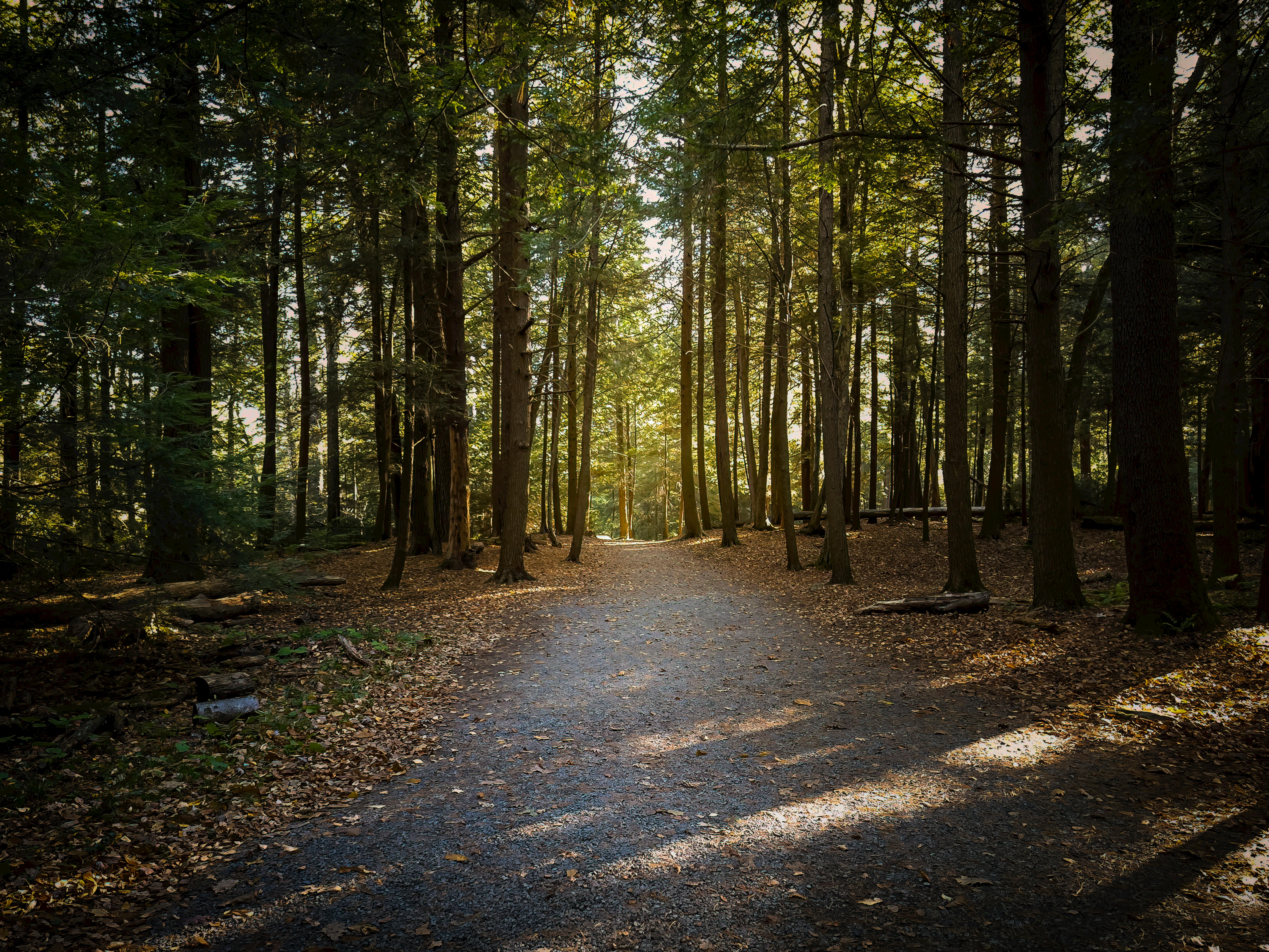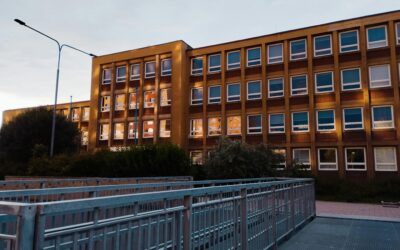Across America, state and local leaders are reimagining how public spaces can serve growing populations, balancing recreation, sustainability, and economic development. From state parks and community sports complexes to multimillion-dollar urban redevelopments, officials are increasingly turning to long-term master plans and voter-approved funding to meet rising demand for accessible, modern public spaces.
It’s a growing trend that bears watching. In 2024, Great Outdoors Colorado approved $117M to support recreation and conservation projects. In 2025, Washington’s Recreation & Conservation Office announced $148M in new grants for state parks, trails, and conservation projects. San Francisco recently permanently closed the Upper Great Highway and transformed it into Sunset Dunes, a highly unusual linear park that has quickly become one of the city’s most popular parks—only behind Golden Gate Park and Marina Green. The upcoming projects outlined in this column are similar to initiatives in the planning and design phases throughout the country.
Officials at the Texas Parks and Wildlife Department (TPWD) will oversee a $47.1 million project to develop a new 3,000-acre state park located within Burnet and Lampasas Counties. Funded through a $1 billion voter-approved Centennial Parks and Conservation Fund, the project will focus on natural resource surveys, land acquisition, trail alignment studies, and site planning to provide new recreational opportunities while also conserving habitats along the Colorado River. TPWD is investing in one of the largest state park initiatives to meet the long-term outdoor recreation and environmental needs of the region.
The land has been purchased and Phase 1, including surveys and habitat assessments, began in June. During this first phase, the public will be able to take nature tours and enjoy a few amenities. Phase 2, expected to begin by late 2026, will encompass the construction of trails, parking areas, public restrooms, etc. Finally, Phase 3 will complete the park infrastructure including roads, utilities, and communication systems.
Volusia County officials in Florida are in the early planning phase of developing a new tournament sports complex. Plans call for this effort to be delivered through a public-private partnership engagement. The regional sports complex carries an estimated cost of $39 million. Early planning documents outline eight multipurpose artificial turf fields, four rectangular natural fields, five restroom facilities, 800 parking spaces, and an internal road. County officials may decide to include a pedestrian access bridge in the project and if that happens it will increase the total project cost by about $5 million.
There is a great need for additional sports facilities, particularly on the west side of Volusia County, where current resources cannot accommodate the necessary youth programming. Additionally, the new sports complex will be a tourist attraction for the area. The county will solicit consulting services to guide officials through the process of implementing a public-private partnership. Then, the county will develop a project procurement document and release a construction timeline as the design phase progresses.
City officials in Salt Lake City, Utah will soon launch Phase 2 of the Glendale Regional Park re-development effort. This will be a $25 million project to transform the former water park site into an improved community space. The second phase of the park’s redesign will build on initial improvements and bring numerous new amenities to the community. Planned features include a seasonal splash pad, a multipurpose skating ribbon for ice skating in winter and roller skating in other months, nature play areas, sports fields, and a small boat launch ramp that connects to the nearby river. New shaded pavilions, restrooms, and pedestrian walkways will improve accessibility and year-round usability. The park’s open design will allow the hosting of public events, concerts, and recreational outings.
In addition to its recreational offerings, the redeveloped Glendale Regional Park will emphasize sustainability and connectivity. Plans call for extensive native landscaping to support local wildlife and reduce water use and a network of trails to connect the city’s larger trail network. The project also includes provisions for future expansion, with flexible-use zones that could accommodate food trucks, public art installations, or additional community facilities based on evolving neighborhood needs. Currently in the design phase, solicitations and construction for the project are expected in 2026.
The RFK Stadium in Washington D.C. will be transformed to become the new home stadium for the Washington Commanders. A redevelopment project will repurpose other surrounding land into a $3.7 billion multi-use sports complex and the new stadium center will be surrounded by more than $1 billion of new residential and commercial development.
At the heart of the complex will be a $2.7 billion domed stadium with 65,000 seats and surrounded by entertainment venues, retail, and green spaces. The city of D.C. will invest $1 billion in supporting infrastructure including parking garages and public works. Funding for the surrounding infrastructure will come from D.C. budget allocations and municipal bonds.
The project is currently in the approvals phase, which precedes the design and procurement process. Solicitation documents are expected in late 2025 with groundbreaking planned for 2026.
City leaders in Mesa, Arizona have announced plans to construct two new outdoor aquatics centers, and the project is backed by more than $60 million in funding from voter-approved bonds. The two new facilities are intended to address aging infrastructure and growing demand for recreational and competitive aquatic amenities within the community.
One of Mesa’s current outdated pools will be demolished to make room for the two new aquatic centers. The Southeast Aquatic Facility carries a cost tag of $32.9 million, and the Red Mountain Aquatic Center, is expected to cost approximately $33.5 million. Each complex will be outfitted with a competition lap pool, diving tank, a separate recreation pool featuring water slides, pool decks, shade canopies, and multi-purpose turf areas. Administrative buildings and bleacher seating will also be included. Both projects will be delivered using the Construction Manager at Risk (CMAR) method. The city is expected to release CMAR solicitations by December 2025.
The city of Austin has announced a redevelopment initiative for one of the city’s largest parks located in the heart of the city. The project is being carried out in several phases, with design work on the first phase currently in progress. The initial phase will focus on rehabilitating critical infrastructure across the park’s expansive 3,700 acres, placing a particular emphasis on the lakeside park area. Phase 1 will modernize core utilities, upgrade restroom facilities, enhance roadways, and construct a new nature trail. The renovation emphasizes the importance of preserving native vegetation and natural landscapes. Depending on available funding, this phase may include the addition of a playground and new picnic areas.
The future phases of this project will focus on introducing more recreational amenities, such as a marina, floating water sports zone, designated camping areas, and a visitor center. The project is currently in the design phase with construction projected to begin in late spring 2026. While the total estimated cost of the project is $800 million, Phase 1 alone has an estimated cost of approximately $144 million, which will be funded through a combination of public bonds and private contributions. Although this effort is underway, no timelines for construction work have been announced. C
Contractors will be able to find similar types of upcoming opportunities in almost every state. This trend continues to gain momentum and it is expected to grow even more through the rest of 2025 and for several years in the future.
Photo by – Ryan from Pexels







